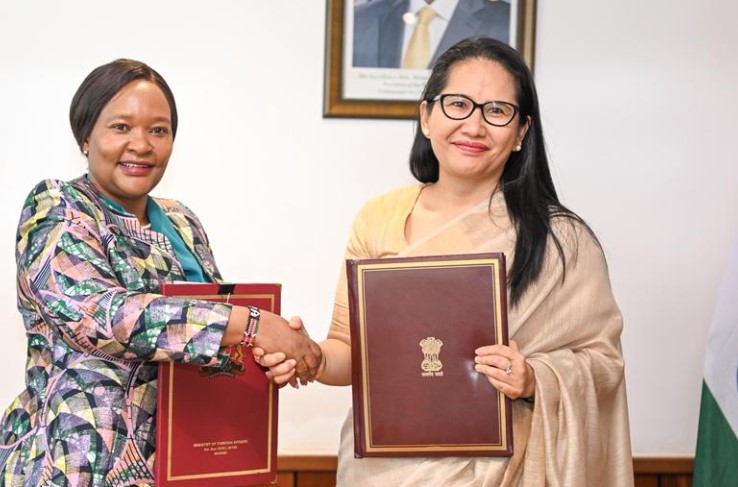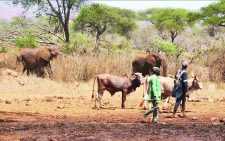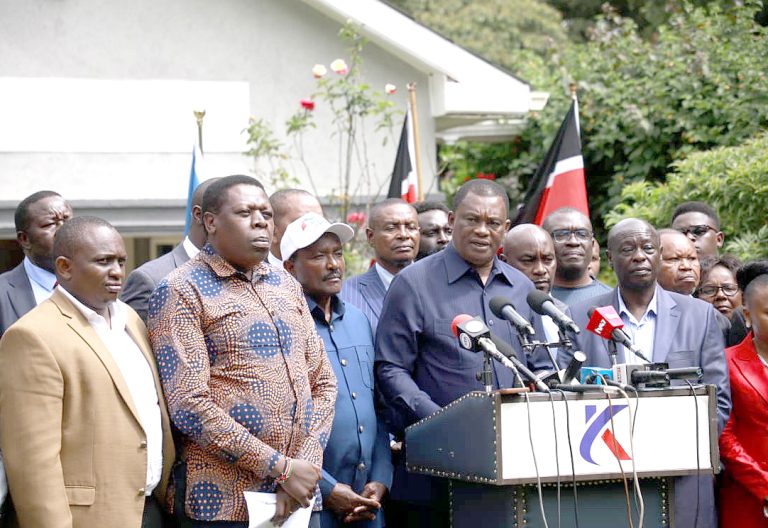Kenya and India sign agreement on wildlife conservation

Kenya has signed an agreement with the Indian government focusing on wildlife conservation and management.
The Indian High Commissioner to Kenya, Namgya Khampa, and Tourism Cabinet Secretary Rebecca Miano signed a Memorandum of Understanding (MOU) on Friday, May 23, 2025.
In a statement, Miano revealed that the MoU prioritises areas like capacity building through training of personnel in parks management, wildlife security, veterinary services, and community conservation, as well as joint workshops and skills exchange for experts, researchers, and rangers.
Further, she said that the agreement escalates the bilateral collaboration in promoting wildlife tourism and protected areas development between the two countries.
“We’re keen on eco-tourism and continuous improvement of our visitor experiences in our parks and reserves, aside from technical support in transforming protected area systems,” Miano stated.
This comes after Kenya unveiled a new, technology-driven model to compensate victims of human-wildlife conflict (HWC), marking a major milestone in the country’s commitment to conservation and community justice.

Human Wildlife Conflict
Speaking at a media briefing in Nairobi on May 7, 2025, Miano described the shift as a transformative step towards addressing the decades-old challenge of balancing wildlife conservation with the welfare of communities living near wildlife habitats.
“With the Human-Wildlife Conflict Compensation Drive officially underway today, we begin a nationwide campaign that will culminate in Meru County. This drive is a reaffirmation of our unwavering commitment to fairness, justice, and deep collaboration with counties as we shift the national conversation from conflict to coexistence,” she stated.
Further, she noted that the new model is a transformative and digitally enabled compensation scheme that was launched in 2024 to replace outdated manual systems, adding that it aims at enhancing transparency first and foremost.
She revealed that the model has already been piloted in six counties, with an aim to accelerate claim processing through real-time data collection, verification, and direct payments and, where possible, via mobile services like M-Pesa for claims under Ksh100,000.
“So far, Ksh10 million has been wired to beneficiaries swiftly and transparently, with 804 pending claims set to follow soon. This system is both about efficiency and the restoration of dignity to those impacted by human-wildlife conflict. It is also about rebuilding trust in a shared conservation vision,” She noted.
Additionally, CS Miano remarked that under the Wildlife Conservation and Management Act (2013), the Ministry of Tourism has revived county-level Community Wildlife Compensation Committees (CWCCs) to ensure that affected parties are handled in a devolved system that prioritises justice and openness.












